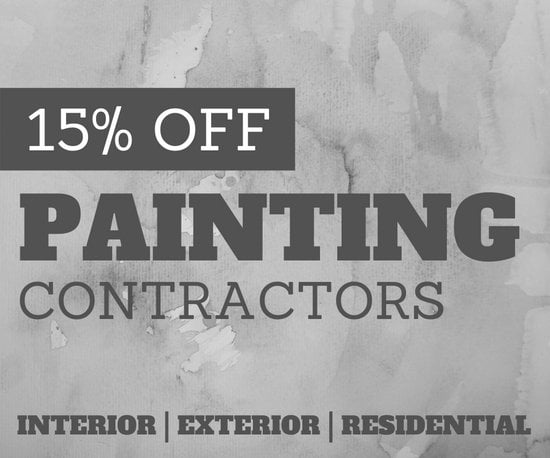Recognizing Seasonal Influences On Commercial Exterior Paint: Crucial Expertise For Success
Recognizing Seasonal Influences On Commercial Exterior Paint: Crucial Expertise For Success
Blog Article
Web Content Develop By-Fox Decker
When you're planning an industrial exterior painting job, seasonal elements can make or damage your outcomes. You'll wish to take into consideration exactly how temperature and humidity impact paint application and drying times. Picking the appropriate period can ensure your paint sticks effectively and lasts longer. But which periods are really the best for this sort of job? Allow's check out the key elements that can affect your task's success.
The Influence of Temperature Level on Paint Application
When you're intending an industrial external paint project, the temperature can dramatically impact just how well the paint sticks and dries out.
Preferably, you wish to paint when temperatures range between 50 ° F and 85 ° F. If it's too chilly, the paint may not cure properly, resulting in concerns like peeling or breaking.
On the other hand, if it's as well hot, the paint can dry out too quickly, stopping correct attachment and leading to an uneven coating.
You must additionally consider the moment of day; morning or late afternoon provides cooler temperatures, which can be a lot more desirable.
Always inspect the manufacturer's recommendations for the certain paint you're utilizing, as they frequently give support on the perfect temperature range for ideal results.
Humidity and Its Effect on Drying Times
Temperature isn't the only ecological element that influences your business exterior painting task; moisture plays a considerable function as well. High humidity degrees can decrease drying times substantially, influencing the general quality of your paint work.
When the air is saturated with moisture, the paint takes longer to cure, which can cause concerns like inadequate attachment and a higher risk of mold growth. If you're painting on a particularly moist day, be planned for prolonged delay times in between coats.
It's critical to keep an eye on regional climate condition and plan as necessary. Preferably, aim for humidity degrees between 40% and 70% for optimal drying out.
Maintaining these consider mind guarantees your job remains on track and provides a long lasting coating.
Best Seasons for Commercial Exterior Paint Projects
What's the best season for your industrial external painting tasks?
Spring and early fall are commonly your best choices. Throughout these seasons, temperature levels are mild, and moisture degrees are commonly reduced, producing perfect problems for paint application and drying out.
Stay Click Webpage of summertime's intense heat, which can cause paint to completely dry too promptly, bring about inadequate attachment and finish. In a similar way, wintertime's cold temperature levels can prevent correct drying and healing, taking the chance of the long life of your paint task.
Go for days with temperatures in between 50 ° F and 85 ° F for ideal results. https://cabinetpaintersnearme55444.theobloggers.com/40588656/on-the-mission-for-a-fresh-face-lift-for-your-home-uncover-the-tricks-to-choosing-the-best-paint-shades-and-preparing-your-space-for-a-makeover in mind to examine the regional weather forecast for rain, as damp problems can wreck your project.
Preparation around these variables ensures your painting task runs efficiently and lasts longer.
Final thought
To conclude, intending your industrial exterior painting projects around seasonal factors to consider can make a considerable distinction in the result. By organizing work throughout the perfect temperature levels and moisture levels, you'll guarantee far better adhesion and drying times. Keep in mind to watch on neighborhood weather report and choose the right time of year-- springtime and very early fall are your best options. Taking these actions will help you accomplish a resilient and professional coating that lasts.
